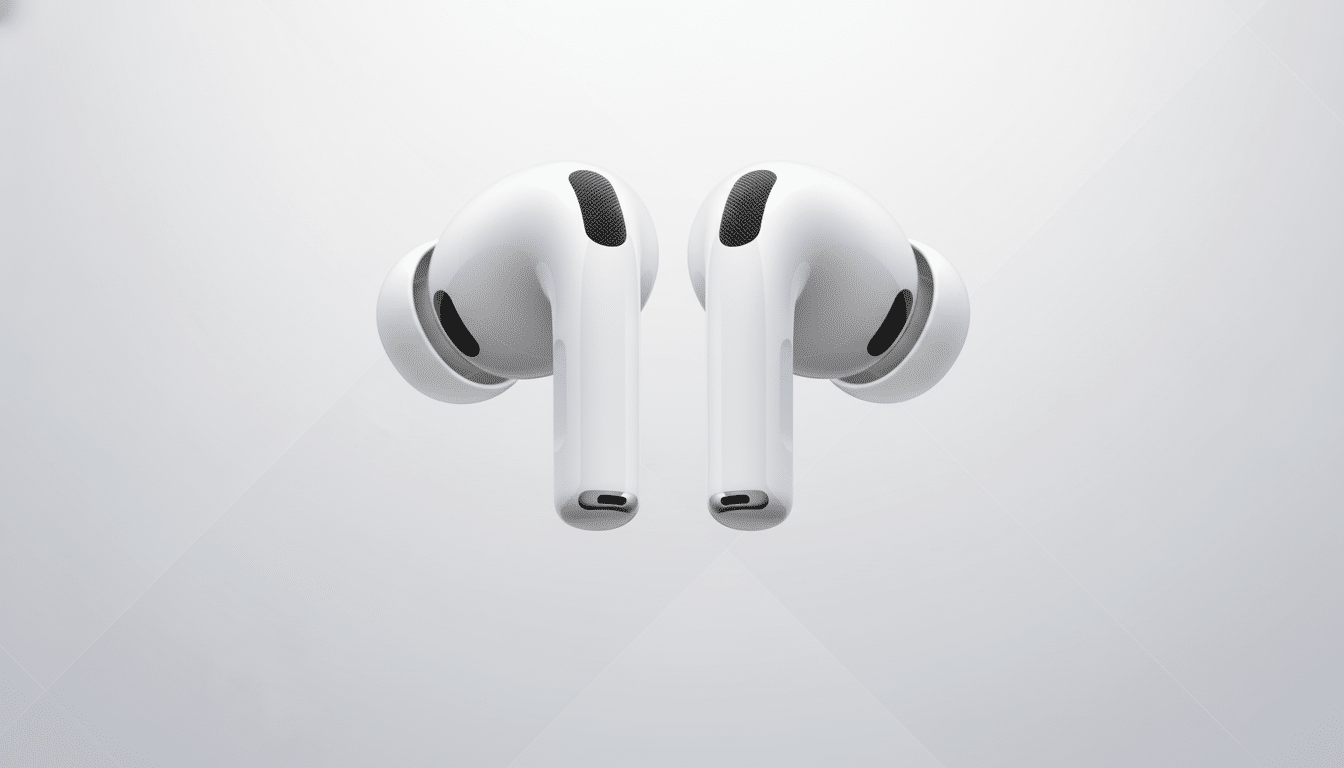If you’re after the short answer, AirPods Pro 3 are the better purchase for most people. Apple’s latest top-of-the-line buds add stronger noise cancellation, a richer sound and a new design, longer battery life and more useful health features. The AirPods 4 with the Active Noise Cancellation feature are a clever open-ear ANC option for lighter listening (you’ll barely notice it’s there) and comfort, but once you factor in daily realities — planes, trains, calls and workouts — the Pro 3s race ahead with conviction.
Noise cancellation and sound quality: how they compare
Here is the biggest gap. Open-fit earbuds, like AirPods 4, just aren’t going to compete with sealed in-ear designs at blocking low-frequency rumble. Physics is not on their side: without a physical seal, ANC has much less to work with. And independent testers such as RTINGS generally find open designs reducing far, far less bass-range noise than sealed buds do, no matter if you’re on a flight or waiting for a train in the subway. In the real world, the Pro 3s hush their engine drone and HVAC hum to silence; the AirPods 4 dull it but never erase it.
- Noise cancellation and sound quality: how they compare
- Fit, comfort, and stability during daily use
- Battery life and charging: endurance and options
- Features and health tools: audio, safety, and more
- Connectivity and ecosystem: calls, codecs, and Siri
- Price and value: how they stack up for buyers
- Bottom line: which AirPods are best for most people

Sound follows the same pattern. The AirPods 4 sound energetic for an open-style set, but bass depth and dynamics are curtailed by the lack of seal. Overall, AirPods Pro 3 bring a fuller low end, cleaner vocals and better detail retrieval at both low and high volumes. Whatever the style of music, orchestral crescendos or warehouse techno, there’s more headroom and range in the Pro 3s.
Fit, comfort, and stability during daily use
Comfort is the AirPods 4’s killer advantage. They are lightweight and will feel “invisible” over longer durations in the absence of a seal. Still, Apple’s new foam-infused tips on the AirPods Pro 3 provide more grip without pressing harder, and their broadened tip-size repertoire means a wider range of ears can be more securely sealed. The Pro 3s are also better at staying put — for the gym, for running, or even any move-heavy routine.
They’re also more durable; Pro 3s have an IP57 rating, while AirPods 4 are rated IP54. Both can handle sweat, rain or accidental splashes OK, but the Pro 3s are better equipped for all-weather runs and workouts.
Battery life and charging: endurance and options
Battery life is a landslide. With ANC enabled, AirPods Pro 3 get up to eight hours on a charge, while AirPods 4 can play for about four. The cases bring totals to around 24 hours for the Pro 3 and approximately 20 for the AirPods 4. If you’re a fan of long flights or marathon Zoom days, doubling earbud uptime is transformative.
Charging is also equally polished across both with USB-C and wireless (though the Pro 3s’ case snaps to MagSafe and Qi2 chargers thanks to built-in magnets). It also throws in Precision Finding through Apple’s chip architecture and a built-in speaker for pinging your case down in the couch cushions — little quality-of-life enhancements that add up over time.

Features and health tools: audio, safety, and more
Both allow Apple’s Spatial Audio with head tracking and seamless Automatic Switching across your iCloud devices. They’re also compatible with Apple’s on-device Live Translation (in its push towards what it calls “Apple Intelligence,” keeping the most sensitive processing in the device) on supported iPhones.
Just the AirPods Pro 3 add new health and accessibility tools that feel truly fresh. Health tracking and heart rate sensing work in conjunction with the Fitness app to track workouts without a watch, and hearing health features can perform short self-checks and conversation amplification. Given the World Health Organization’s advice on safe listening levels, exposure alerts and hearing support built into everyday earbuds are more than a gimmick — they’re practical protection.
Connectivity and ecosystem: calls, codecs, and Siri
Connectivity is essentially a draw. Each is equipped with Bluetooth 5.3 and AAC, AAC-ELD for improved calls, and SBC support. Siri integration, ear detection and one-tap pairing are table stakes across the board. Call quality is excellent on both, though the Pro 3 microphones just edge out the 4s at noise-canceling your voice in traffic or wind — which frequent callers will love.
Price and value: how they stack up for buyers
The sticker prices usually start $70 apart, with AirPods 4 aligning with the Pro 3s as street pricing shifts — both models get promoted heavily by major outlets — so timing matters. That said, the Pro 3s just give you more bang for your buck: better ANC, better sound quality, better battery life and more features. When AirPods 4 bottom out in price, they make sense if you want them for casual listening and all-day comfort. But if you care about quiet, fidelity or fitness tracking, the premium is easier to accept.
Bottom line: which AirPods are best for most people
AirPods 4 with ANC are a smart next evolution of Apple’s open-ear formula and will satisfy anyone who cannot bear ear seals. For everybody else, it’ll be the AirPods Pro 3 as the clear winner. They cancel more noise, they sound better, they last a lot longer and offer some meaningful health- and findability-related perks. In a day-to-day shootout where performance counts, the Pro 3s have it in the bag.

